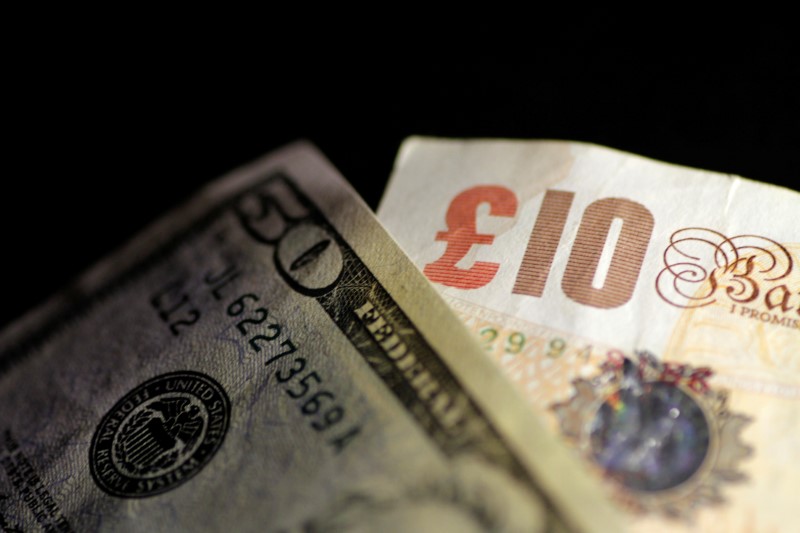By Peter Nurse
Investing.com - The U.S. dollar edged higher in early European trade Wednesday, rebounding after overnight losses, while sterling weakened after U.K. inflation soared in April.
At 3:50 AM ET (0750 GMT), the Dollar Index, which tracks the greenback against a basket of six other currencies, traded 0.1% higher at 103.550, after falling as low as 103.18 in Asia, its lowest in nearly two weeks.
EUR/USD dropped 0.2% to 1.0522, falling back from 1.0564 after rising 1.1% overnight, its largest day of percentage gains since March, while AUD/USD edged lower to 0.7023, after a 0.8% gain on Tuesday.
USD/JPY fell 0.1% to 129.25, with the safe-haven yen also suffering from the improved tone, while USD/CNY rose 0.1% to 6.7450, with the yuan handing back some gains after Shanghai achieved its long-awaited milestone of three consecutive days with no new COVID-19 cases outside quarantine zones.
Confidence has been returning to the financial markets, helped by gains in stock markets as U.S. retail sales rose strongly in April, suggesting consumers are successfully weathering the sharp price rises so far.
“FX markets are calming a little after a riotous month. When the dust settles, however, we are still left with a Fed on course to tighten rates above 3% into next year and the commodity shock from the war in Ukraine,” said analysts at ING, in a note. “Commodity currencies could now enjoy something of a bounce-back, but expect the dollar to hold onto large parts of its gains.”
Elsewhere, GBP/USD fell 0.3% to 1.2448, falling back from levels above 1.25 after a 1.4% overnight rally, its best day since late 2020.
U.K. inflation rose to its highest level in 40 years ago, with data released Wednesday showing consumer prices surged 9% in the year through April, adding to pressure for action from the Bank of England.
The central bank raised interest rates to 1% at its last policy-setting meeting, its fourth successive hike, and this jump in inflation suggests it will have to continue tightening monetary policy even though the risk of recession is mounting.
The equivalent CPI data from the Eurozone is scheduled for release later in the session and is expected to show annual consumer inflation at 7.5% in April, with the monthly figure climbing 0.6%.
The European Central Bank has been relatively slow in starting to tighten monetary policy, but expectations are growing that the bank will be forced to raise interest rates in the summer given the inflationary threat.
European Central Bank Governing Council member Klaas Knot, on Tuesday, became the first Eurozone official to suggest a possible half-point interest rate hike if inflation risks worsen, although he currently supports a quarter-point increase in July.
The Netherlands governor is one of the ECB’s most hawkish policymakers, but his comments do suggest the hawks are winning the policy-tightening debate.
